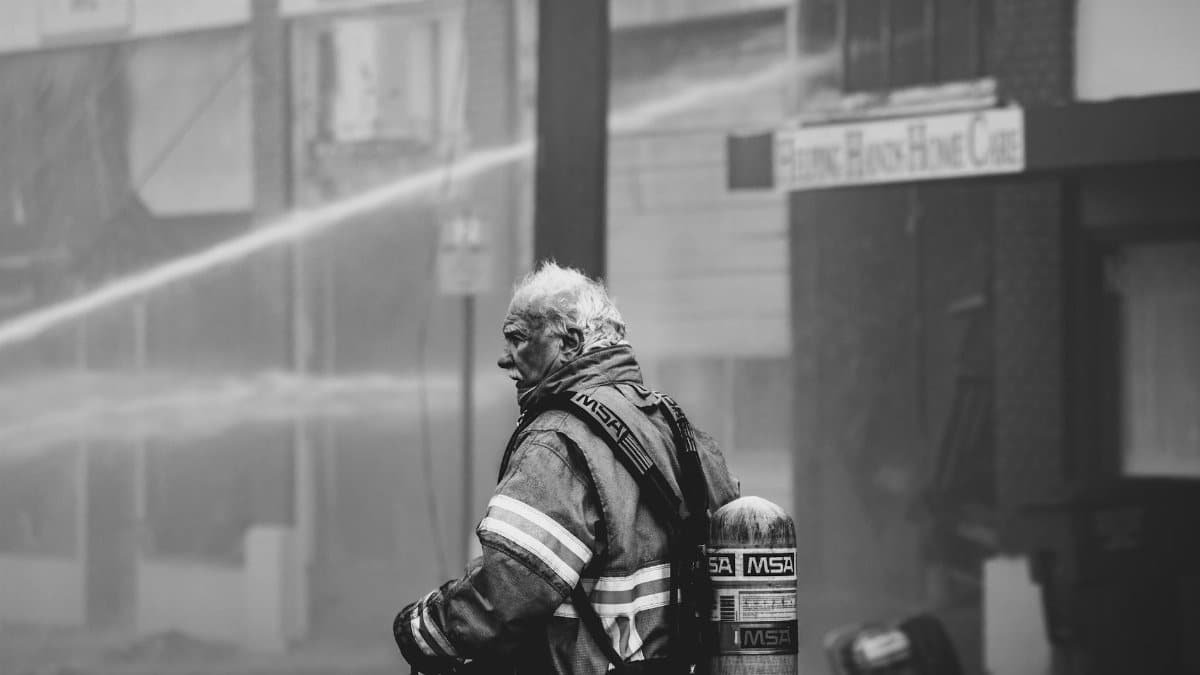In a bustling world, new data reveals that 68% of Americans report feeling overwhelmed in social settings, often craving solitude amid the noise. According to a recent Pew Research survey, this isn’t just introversion—it’s a sign of deeper healing awareness kicking in. Healing awareness, the mindful recognition of one’s emotional needs, is emerging as a key factor in why people seek quiet even in crowded rooms. As mental health conversations evolve in 2025, experts say this craving signals a healthy boundary-setting mechanism, helping individuals recharge and process inner turmoil without external distractions.
Decoding the Craving for Solitude

Craving solitude in a room full of people often stems from an innate need to protect mental space. This phenomenon isn’t about antisocial behavior but rather a form of self-preservation. When surrounded by chatter and energy, the brain can overload, prompting a desire to withdraw. Healing awareness plays a pivotal role here, allowing individuals to tune into their internal signals. It’s like an internal alarm system alerting you to step back before burnout hits. In everyday scenarios, such as parties or office meetings, this awareness helps identify when social interactions drain rather than energize.
The Role of Emotional Overload

Emotional overload occurs when external stimuli flood the senses, leading to fatigue. Studies from the American Psychological Association highlight how constant social engagement can spike cortisol levels, the stress hormone. People experiencing this often feel an urge to isolate, not out of rudeness, but to regain equilibrium. Integrating healing awareness means acknowledging these feelings without judgment. For instance, someone at a family gathering might slip away for a few minutes to breathe, preventing resentment or exhaustion from building up.
Social Fatigue in Modern Life

In 2025, with remote work and digital connections on the rise, social fatigue has become more pronounced. A report from the Centers for Disease Control and Prevention (CDC) notes that prolonged virtual meetings exacerbate the need for alone time. Even in physical crowds, like concerts or malls, the barrage of sights and sounds can make solitude appealing. Healing awareness encourages recognizing this as a normal response, not a flaw, fostering better self-care routines amid hectic lifestyles.
Introversion Versus Healing Needs

Not every solitude seeker is an introvert, but many use healing awareness to navigate social demands. Introverts naturally recharge alone, yet extroverts too can crave quiet when overwhelmed. Research published in the Journal of Personality and Social Psychology differentiates this, showing that situational factors often drive the preference. By cultivating awareness, individuals learn to honor their energy levels, leading to more fulfilling interactions when they do engage.
Psychological Benefits of Solitary Moments

Embracing solitude offers profound psychological perks, from enhanced creativity to reduced anxiety. A study by Harvard University researchers found that brief periods of alone time boost problem-solving skills by 20%. This ties directly to healing awareness, where solitude becomes a tool for reflection and emotional processing. In crowded environments, stepping away allows the mind to sort through thoughts, emerging clearer and more resilient.
Cultural Shifts Toward Alone Time

Cultural attitudes are evolving, with more people viewing solitude as essential rather than lonely. In the U.S., wellness trends in 2025 emphasize mindful retreats and solo activities. Data from the Pew Research Center indicates a 15% increase in adults prioritizing personal downtime. Healing awareness amplifies this shift, teaching that silence in a noisy world can reveal personal truths and strengthen mental fortitude.
Strategies to Honor Your Solitude Cravings

To effectively manage these cravings, start by setting boundaries in social situations. Communicate needs politely, like excusing yourself for a walk. Practice mindfulness techniques to heighten healing awareness, such as journaling post-event to unpack emotions. Experts recommend scheduling solo time daily, even if just 10 minutes, to prevent overload. This proactive approach turns fleeting cravings into a sustainable habit for emotional health.
When Solitude Signals Deeper Issues

Sometimes, persistent cravings for solitude might indicate underlying concerns like anxiety or depression. If isolation feels compulsive, consulting a professional is wise. The National Institute of Mental Health advises monitoring patterns; healing awareness can help differentiate normal needs from symptoms requiring intervention. Early recognition through self-awareness often leads to timely support, ensuring solitude remains a positive force rather than a retreat from life.
Building Resilience Through Awareness

Ultimately, craving solitude builds resilience by fostering self-reliance. In a room full of people, tuning into your inner voice via healing awareness empowers better decisions. As U.S. trends lean toward mental wellness, embracing this craving can lead to richer, more intentional social lives. It’s not about avoiding others but about showing up as your best self when you do connect.
